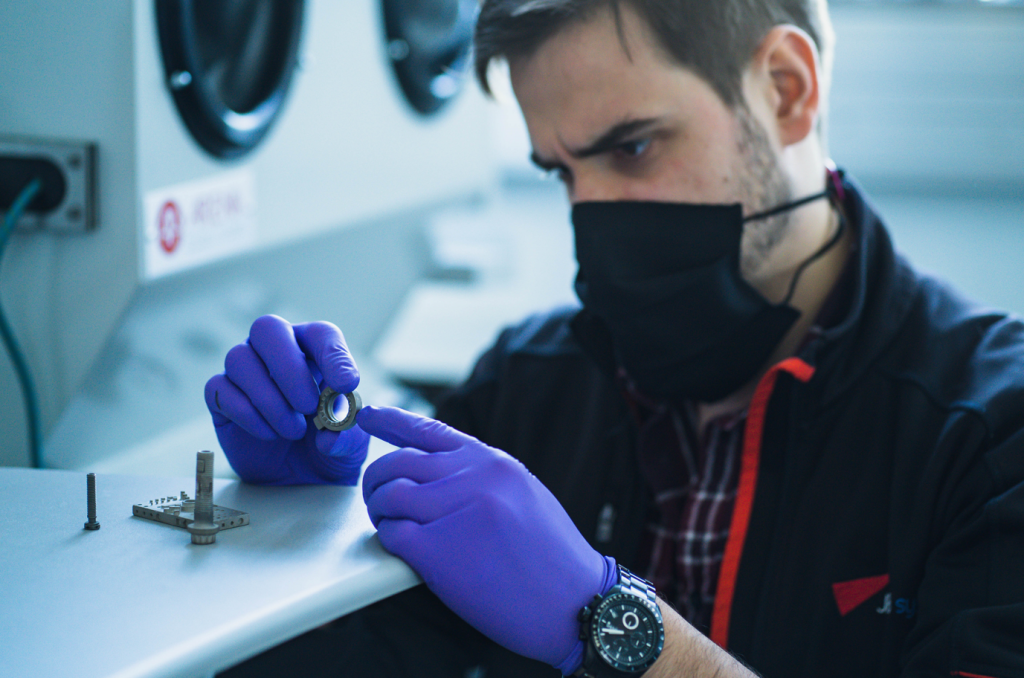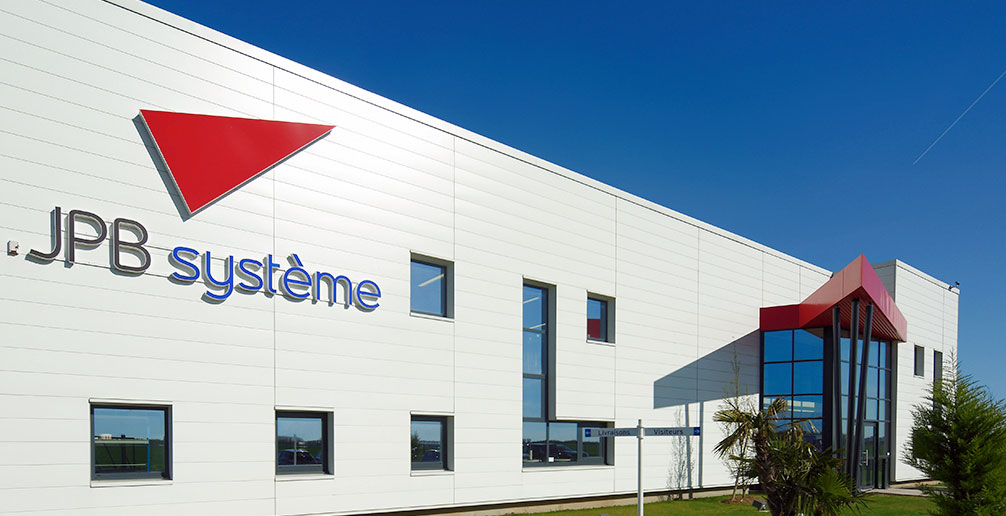Aeronautical locking mechanism manufacturer JPB Système has acquired a stake in French 3D printer manufacturer Addimetal.
By doing so, the companies aim to achieve comprehensive and secure knowledge sharing of their industrial-grade metal binder jetting (MBJ) 3D printing technologies. This will facilitate the production of small, complex, lightweight, and consistent parts for short-run manufacturing. Furthermore, JPB Système anticipates having its initial MBJ-produced parts in production by 2026.
“Our interest in MBJ spans several years and it remains state-of-the-art 3D printing technology that is still only provided by only a small handful of players,” said Damien Marc, CEO of JPB Système. “Acquiring a stake in Addimetal underscores our commitment to support the development of open 3D printing platforms that ensure wider and more unconstrained solutions offering when it comes to the manufacture of small, complex, yet lightweight parts in small volumes.”

A move to discover the potential of metal binder jet 3D printing
JPB Système’s decision to acquire a stake in Addimetal is in line with the company’s continuous exploration of the advantages and potential of MBJ 3D printing technology. The trials conducted with MBJ for the production of flight-ready parts have met expectations, as they offer durable, lighter-weight alternatives in a faster and more convenient manner compared to conventional manufacturing methods like machining and casting. In certain trials, JPB Système has already managed to reduce overall lead times by 80% for specific parts, while achieving significant weight savings of 30%, which is a vital goal for aerospace clients.
JPB Système and Addimetal will focus on the advancement of Addimetal’s open hardware platform, technology, and related processes. This collaboration aims to address both present and future application requirements. In addition to providing financial support, JPB Système will contribute its extensive knowledge and expertise in identifying the suitable application areas where MBJ technology can be most effectively utilized, along with its corresponding specifications.
“There is currently no other French company developing this particular 3D printing technology, so for us as a leading France-based global business, to partner with an equally pioneering homegrown player with significant growth potential on an international level, is hugely significant,” concludes Damien Marc.

Metal binder jet 3D printing: a flexible and affordable manufacturing solution
3D Printing Industry recently interviewed Enrico Gallino, Senior Engineer at Ricoh 3D to shed some light on metal binder jet, material development, composite integration, and sustainability. According to Gallino, Ricoh 3D is currently in the process of developing a metal binder jetting technology that utilizes aluminum alloy powders. While the technology is still being refined, Ricoh 3D is actively collaborating with customers to co-create applications that take advantage of its unique capabilities. Additionally, Ricoh 3D is exploring the integration of composites into metal binder jetting, which could introduce new opportunities for lightweight and high-performance parts. The company is dedicated to sustainability in 3D printing and is actively working on the development of metal powders derived from recycled materials. Gallino emphasized that Ricoh 3D is strategically positioning itself as a major player in the manufacturing industry, expanding beyond traditional printers and photocopiers by incorporating 3D printers and their components. He further highlighted the immense potential of binder jetting technology once it reaches its full capabilities.
Spain-based 3D printer manufacturer Triditive partnered with Taiwanese electronics firm Foxconn to develop a new metal binder jet 3D printer. Although specific details about the unnamed system were scarce, both companies collaborated on an initial prototype and explored new materials for the printer. Triditive’s business revolved around its patented AMCELL 3D printer product line, which included the AMCELL 1400 and AMCELL 8300. These modular systems utilized Triditive’s proprietary AMD (Automated Multimaterial Deposition) technology, combining a binder jetting module with several delta FDM modules to print metals, polymers, and fiber-reinforced composites.
What does the future of 3D printing for the next ten years hold?
What engineering challenges will need to be tackled in the additive manufacturing sector in the coming decade?
To stay up to date with the latest 3D printing news, don’t forget to subscribe to the 3D Printing Industry newsletter or follow us on Twitter, or like our page on Facebook.
While you’re here, why not subscribe to our Youtube channel? Featuring discussion, debriefs, video shorts, and webinar replays.
Are you looking for a job in the additive manufacturing industry? Visit 3D Printing Jobs for a selection of roles in the industry.
Featured image shows 3D printed parts with metal binder jet technology. Image via JPB Système.



